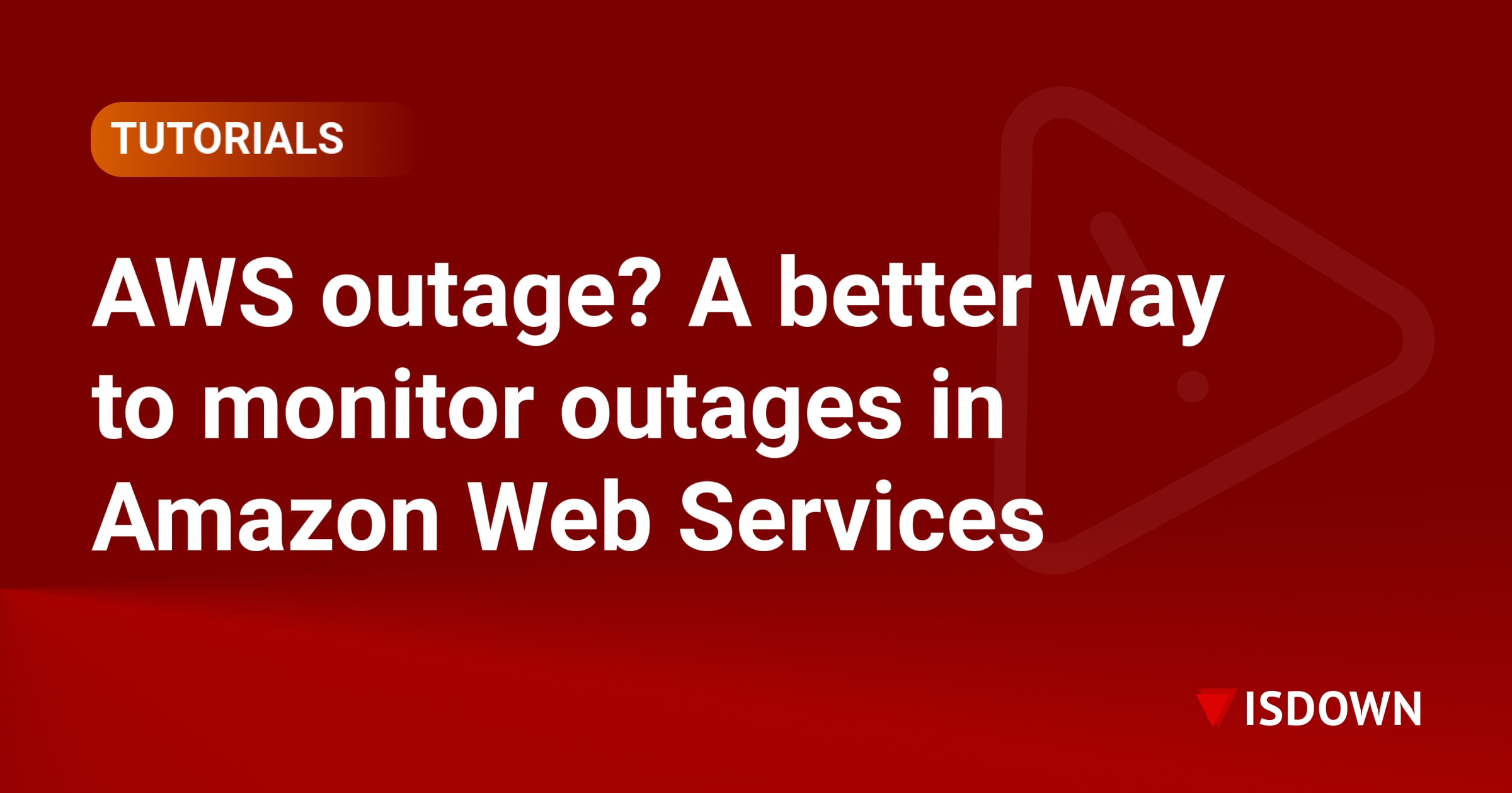How to Create a Runbook Template That Actually Gets Used
A runbook template is only valuable if your team actually uses it during incidents. Yet many organizations create elaborate documentation that sits untouched in wikis, gathering digital dust while engineers scramble through incidents without guidance.
The difference between a runbook that gets used and one that doesn't comes down to practicality, accessibility, and continuous improvement. Let's explore how to create runbook templates that become essential tools rather than checkbox exercises.
What Makes a Runbook Template Effective
Effective runbooks share several key characteristics that separate them from generic documentation:
Action-oriented content: Every section should drive specific actions. Instead of explaining what a database is, your runbook should say "Check database connection by running: psql -h prod-db -U monitor -c 'SELECT 1'"
Clear ownership: Each runbook needs a designated owner responsible for updates. Without ownership, runbooks become outdated within months.
Scenario-specific guidance: Generic troubleshooting steps frustrate engineers during incidents. Create separate runbooks for specific scenarios like "API response times degraded" or "Payment processing failures."
Regular validation: Schedule quarterly reviews where teams walk through runbooks during calm periods. This catches outdated commands, changed endpoints, and missing steps before they cause problems during actual incidents.
Essential Components of a Runbook Template
Your runbook template should include these core sections:
Service Overview
Start with a brief description of what the service does and its critical dependencies. Include:
- Service purpose (1-2 sentences)
- Critical upstream dependencies
- Critical downstream services
- Business impact of outages
Quick Actions
Place the most common troubleshooting steps at the top:
- Health check commands
- Log locations and queries
- Restart procedures
- Rollback instructions
Escalation Path
Define clear escalation criteria:
- Primary on-call contact
- Secondary contacts
- When to escalate (specific thresholds)
- Management notification requirements
Common Issues and Solutions
Document previously encountered problems:
- Issue description
- Symptoms/alerts
- Root cause
- Step-by-step resolution
- Prevention measures
Recovery Verification
Include specific checks to confirm service recovery:
- Functional tests to run
- Metrics to monitor
- Customer-facing validations
- Post-incident tasks
Making Runbooks Discoverable During Incidents
The best runbook becomes useless if engineers can't find it quickly during an incident. Implement these strategies:
Consistent naming conventions: Use a standard format like SERVICE-SCENARIO-runbook (e.g., payments-high-latency-runbook)
Integration with monitoring tools: Link runbooks directly from your alerts. When monitoring your SaaS application, ensure each alert includes a runbook URL.
Centralized repository: Maintain all runbooks in a single, searchable location. Whether it's a wiki, Git repository, or dedicated incident management platform, consistency matters more than the specific tool.
Quick reference cards: Create one-page summaries with links to full runbooks. Pin these in Slack channels or team dashboards for instant access.
Keeping Runbooks Current and Relevant
Stale runbooks erode trust and slow down incident response. Implement these maintenance practices:
Post-incident updates: After every incident, update the relevant runbook with new findings. If no runbook existed, create one immediately while details remain fresh.
Automated testing: Where possible, script your runbook procedures and test them automatically. A simple cron job can verify that database connection commands still work or that log paths remain valid.
Version control: Track all changes to runbooks with clear commit messages. This helps teams understand why procedures changed and revert if needed.
Feedback loops: Add a feedback mechanism to each runbook. A simple "Was this helpful?" link with a form captures improvement suggestions from actual users.
Common Pitfalls to Avoid
Learn from these frequent mistakes:
Over-documentation: Lengthy explanations slow down incident response. Stick to actionable steps and link to detailed documentation for those who need background.
Assuming knowledge: Never assume engineers know specific commands or locations. Spell out exact paths, full commands, and include example outputs.
Ignoring dependencies: Many runbooks fail because they don't account for third-party services. When you're managing vendor-related incidents, include steps for checking external service status.
Missing context: Include enough context for engineers to make decisions. Don't just say "restart the service" - explain when this is appropriate and what risks it carries.
Measuring Runbook Effectiveness
Track these metrics to ensure your runbooks deliver value:
- Usage frequency: How often do teams reference runbooks during incidents?
- Time to resolution: Do incidents with runbook usage resolve faster?
- Feedback scores: What do engineers say about runbook helpfulness?
- Update frequency: Are runbooks receiving regular updates based on incidents?
Building a Runbook Culture
Creating effective runbooks requires organizational commitment:
Allocate time: Include runbook creation and maintenance in sprint planning. This isn't extra work - it's essential incident preparation.
Celebrate usage: Recognize team members who create helpful runbooks or improve existing ones. Share success stories where runbooks accelerated incident resolution.
Practice runs: Conduct monthly drills where teams resolve mock incidents using only runbooks. This reveals gaps and builds muscle memory.
New team member onboarding: Have new engineers test runbooks during their first week. Fresh eyes catch assumptions and unclear instructions.
Effective runbook templates transform incident response from chaotic scrambling to methodical problem-solving. Start with one critical service, create a focused runbook following these guidelines, and expand based on what works for your team. Remember: the goal isn't perfect documentation, but practical guides that reduce incident duration and stress.
Frequently Asked Questions
What's the ideal length for a runbook?
Aim for 2-5 pages of actionable content. Runbooks should be comprehensive enough to guide incident response but concise enough to scan quickly under pressure. If a runbook exceeds 5 pages, consider splitting it into scenario-specific documents.
How often should we update our runbooks?
Review runbooks quarterly at minimum, but update them immediately after any incident that reveals missing or incorrect information. Set calendar reminders for regular reviews and assign specific owners to ensure accountability.
Should runbooks include screenshots?
Include screenshots only for complex UI procedures or when visual confirmation is critical. Avoid screenshots for elements that change frequently, as outdated images confuse more than they help. When you do use screenshots, annotate them clearly and update them regularly.
Who should write runbooks?
The engineers closest to the service should write initial runbooks, but involve the entire team in reviews. On-call engineers provide valuable perspective on what information they need during incidents. Consider pairing experienced and newer team members for runbook creation.
How do we handle runbooks for services with external dependencies?
Document external dependencies clearly and include steps to verify their status. Link to vendor status pages and include contact information for vendor support. For critical dependencies, consider using a service like IsDown to monitor vendor status automatically.
What tools are best for storing runbooks?
The best tool is one your team already uses daily. Common options include wikis (Confluence, Notion), version control (GitHub, GitLab), or incident management platforms. The key is choosing one location and sticking with it consistently.
 Nuno Tomas
Founder of IsDown
Nuno Tomas
Founder of IsDown
The Status Page Aggregator with Early Outage Detection
Unified vendor dashboard
Early Outage Detection
Stop the Support Flood
Related articles
Never again lose time looking in the wrong place
14-day free trial · No credit card required · No code required




